Since the launch of Trina Solar ‘s 600W+ series, world leading design institutes and well-known third-party organizations have evaluated and studied the BOS and LCOE advantage of Vertex modules. Recently, Enertis Applus+, a global independent services provider to solar projects, has completed the assessment of CAPEX and LCOE of the new generation of ultra-high-power modules 210 (G12) from Trina solar and 166 (M6), 182 (M10) from other manufacturers.
The study results show that in CAPEX and LCOE, 210 modules installed with TrinaTracker’s 2P tracker perform better than 182 modules, and 182 modules perform better than 166 modules. It was found that compared with the 166-450W module, 210 modules reduce both CAPEX and LCOE by more than 3%, of which 210-660W perform the best with the highest reduction of 4.56% (0.0282 USD/Wp) in CAPEX and 4.75% (1.42 USD/MWh) in LCOE.
Enertis Applus+ is a global consulting, engineering, and quality control firm with a track record of more than 15 years and an accumulated experience of more than 135 GW worldwide. It is part of Applus+, one of the world's leading companies in the inspection, testing and certification sector with more than 20 years of experience in the renewable sector. Its mission is to ensure maximum profitability for customers and proper risk management of their projects. With a track-record of 2,500 projects in more than 65 countries, Enertis Applus+ has offices in the United States, Spain, Chile, Mexico, Australia, United Kingdom, Colombia, Panama, Brazil, Argentina, South Africa, and China.
Project description
Location: Minas Gerais, Brazil
Wafer size (3): 166 (M6), 182 (M10), 210 (G12)
Module type (5): 166-450W, 182-535W, 210-545W, 210-600W, 210-660W
Inverter: String inverter (SUN2000-215KTL)
Method of installation: TrinaTracker 2P tracker
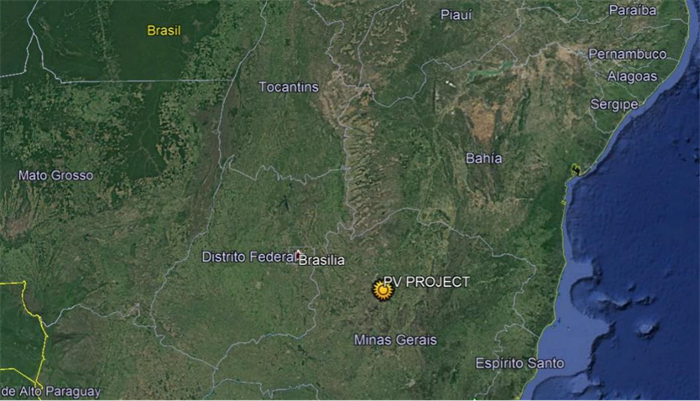
Figure 1: Project location

Figure 2: Available land for project
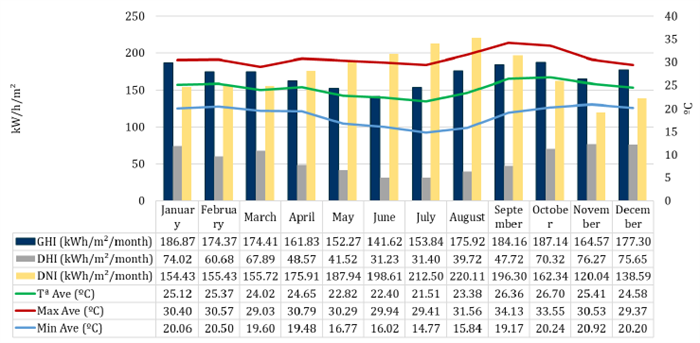
Figure 3: Main climatological features on the PV project site
The PV project is in the state of Minas Gerais, Brazil (Figure 1), the occupied land for the project being about 195 ha (Figure 2).This site has a yearly global horizontal irradiance of 2034 kWh/m2 and an average temperature in the range 21.51-25.41℃(Figure 3).
Table 1: Configuration of the PV project.
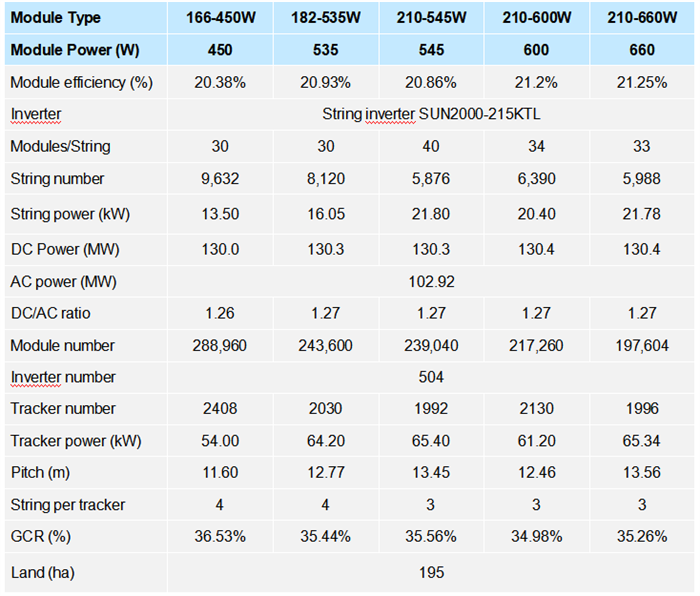
Results:210-660W reduces LCOE up to 4.75%
An overview of the study results is shown in Table 2 and the comparison of CAPEX and LCOE is shown in Figure 4.
Table 2: Overview of CAPEX and CLOE results.

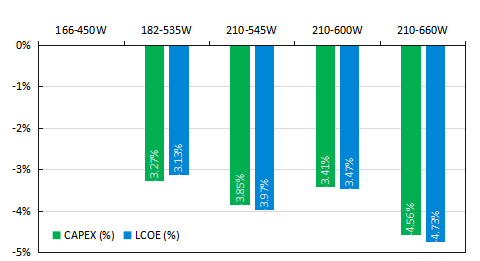
Figure 4: Comparison of CAPEX and LCOE with 166-450W
It was found that the 182 module performs better than the 166 modules, and the 210 module performs better than the 182 modules in both CAPEX and LCOE.
The Vertex 210 modules had the best CAPEX and LCOE. Compared with the 166-450W module, 210 modules reduce both the CAPEX and LCOE by more than 3%, of which 210-660W perform the best, with the highest reduction of 4.56% (0.0282 USD/Wp) in CAPEX and 4.75% (1.42 USD/MWh) in LCOE.
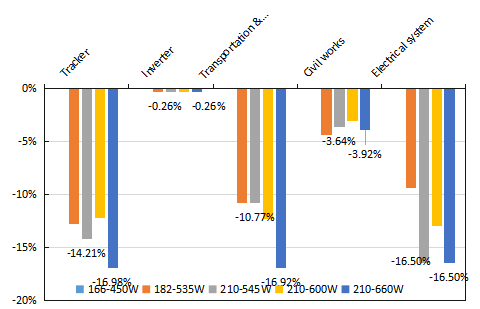
Figure 5: Breakdown of CAPEX in comparison with 166-450W
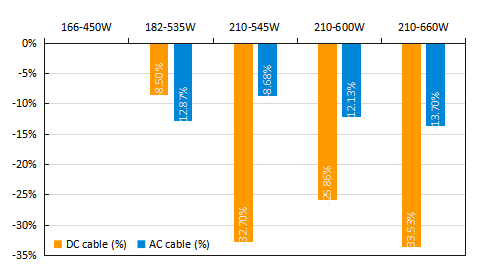
Figure 6: Change of DC and AC cable use.
The breakdown of CAPEX is shown in Figure 5 compared with the 166-450W module. This shows that the main savings come in three areas: tracker, transportation and logistics and electrical system. Compared with the 166-450W, both the 182-535W, 210-545W, 210-600W and 210-660W module reduce the costs by more than 10% in all three areas, while the 210-660W gives the highest reduction of more than 16%.
1. In comparison with the conventional modules, the string power of 210 Vertex module can be significantly boosted by 36% due to the low-voltage and high-current design, giving the advantage of using fewer trackers and leading to both the lower materials and labor costs.
2. The cost reduction in transportation and logistics is mainly due to the ultra-high power of the Vertex module, which requires fewer modules for the same capacity in the project.
3. For electrical system (Figure 6) it can be seen that the use of 210-545W, 210-600W and 210-660W can greatly reduce the DC cable cost (including material and installation) by over 25%. Compared with the 166-450W module, the 210-660W module can cut the DC cable cost up to 33.53%.
4. With cost savings in tracker, transportation, and logistics, as well as electrical system, Trina Solar Vertex modules bring more value to customers with a lower initial investment cost and lower CAPEX and LCOE.
